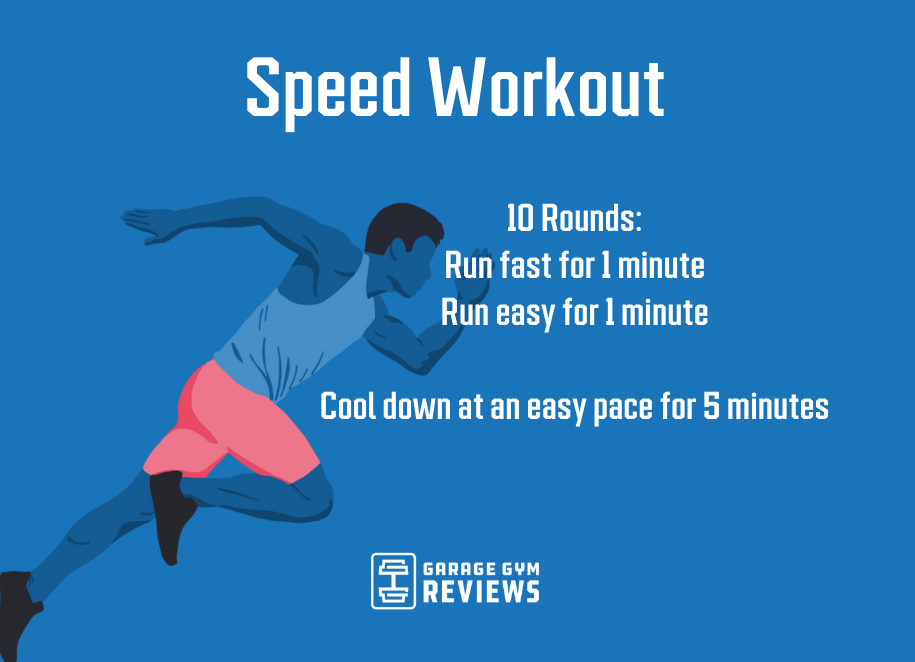Running Workout Tips: Enhance Your Performance Today
Running Workout Tips: Enhance Your Performance Today
Blog Article
Managing Usual Running Pains: Reasons, Solutions, and Prevention
As runners, we commonly encounter various pains that can impede our efficiency and enjoyment of this exercise. From the debilitating discomfort of shin splints to the unpleasant IT band syndrome, these typical operating discomforts can be irritating and demotivating. Recognizing the reasons behind these ailments is important in successfully resolving them. By checking out the origin factors for these running pains, we can discover targeted options and safety nets to make certain a smoother and extra meeting running experience (this is where I read it).
Typical Running Discomfort: Shin Splints
Shin splints, a typical running discomfort, commonly arise from overuse or inappropriate shoes during exercise. This condition, medically known as median tibial stress and anxiety disorder, materializes as discomfort along the inner edge of the shinbone (shin) and is common among athletes and runners. The repetitive stress on the shinbone and the cells affixing the muscular tissues to the bone causes inflammation and pain. Runners who quickly enhance the intensity or period of their exercises, or those who have level feet or inappropriate running methods, are especially vulnerable to shin splints.
To stop shin splints, people need to gradually raise the intensity of their exercises, wear proper shoes with proper arch support, and keep flexibility and stamina in the muscular tissues bordering the shin. If shin splints do happen, first treatment involves rest, ice, compression, and altitude (RICE) In addition, incorporating low-impact activities like swimming or biking can aid keep cardio fitness while permitting the shins to heal. Consistent or extreme instances may call for medical assessment and physical treatment for reliable monitoring.
Common Running Pain: IT Band Syndrome
In addition to shin splints, another prevalent running pain that professional athletes frequently experience is IT Band Syndrome, a condition triggered by swelling of the iliotibial band that runs along the outer upper leg and knee. IT Band Disorder commonly shows up as discomfort on the outside of the knee, particularly throughout tasks like running or cycling. The iliotibial band is a thick band of fascia that links the aware of the shin, and when it ends up being irritated or tight, it can rub against the upper leg bone, leading to pain and discomfort.
Runners experiencing IT Band Syndrome might observe a stinging or hurting sensation on the outer knee, which can worsen with ongoing activity. Elements such as overuse, muscle inequalities, incorrect running form, or inadequate workout can add to the development of this problem. To stop and minimize IT Band Syndrome, joggers must focus on extending and enhancing exercises for the hips and upper legs, correct footwear, steady training development, and dealing with any biomechanical concerns that may be aggravating the problem. Ignoring the signs and symptoms of IT Band Syndrome can bring about chronic problems and extended recovery times, highlighting the importance of very early treatment and appropriate monitoring methods.
Common Running Pain: Plantar Fasciitis

Plantar Fasciitis can be credited to different factors such as overtraining, incorrect footwear, operating on difficult surface areas, or having high arcs or level feet. To avoid and alleviate Plantar Fasciitis, runners can incorporate stretching exercises for the calves and plantar fascia, wear helpful footwear, maintain a healthy weight to decrease strain on the feet, and gradually enhance running intensity to prevent unexpected anxiety on the plantar fascia. If signs and symptoms continue, it is suggested to seek advice from a medical care expert for appropriate diagnosis and treatment choices to attend to the condition efficiently.
Common Running Pain: Jogger's Knee
After resolving the challenges of Plantar Fasciitis, one more widespread issue that runners often deal with is Jogger's Knee, a common running pain that can impede sports efficiency and cause discomfort throughout physical task. Jogger's Knee, also understood as patellofemoral discomfort disorder, manifests as pain around or behind the kneecap. Joggers experiencing this discomfort might feel a dull, aching discomfort while running, going up or down stairways, or after prolonged periods of resting.
Usual Running Discomfort: Achilles Tendonitis
Generally affecting runners, Achilles Tendonitis is a painful condition that affects the Achilles tendon, triggering pain and possible limitations in physical activity. The Achilles tendon is a thick band of tissue that links the calf muscular tissues to the heel bone, vital for tasks like running, leaping, and strolling - navigate to this website. Achilles Tendonitis usually develops because of overuse, incorrect shoes, poor stretching, or unexpected rises in physical activity
Symptoms of Achilles Tendonitis include discomfort and tightness along the tendon, especially in the early morning or after durations of inactivity, swelling that intensifies with activity, and perhaps bone stimulates in chronic cases. To protect against Achilles Tendonitis, it is crucial to extend correctly before and after running, put on proper footwear with correct assistance, gradually increase the strength of exercise, and cross-train to lower repetitive stress and anxiety on the ligament.
Conclusion

Report this page